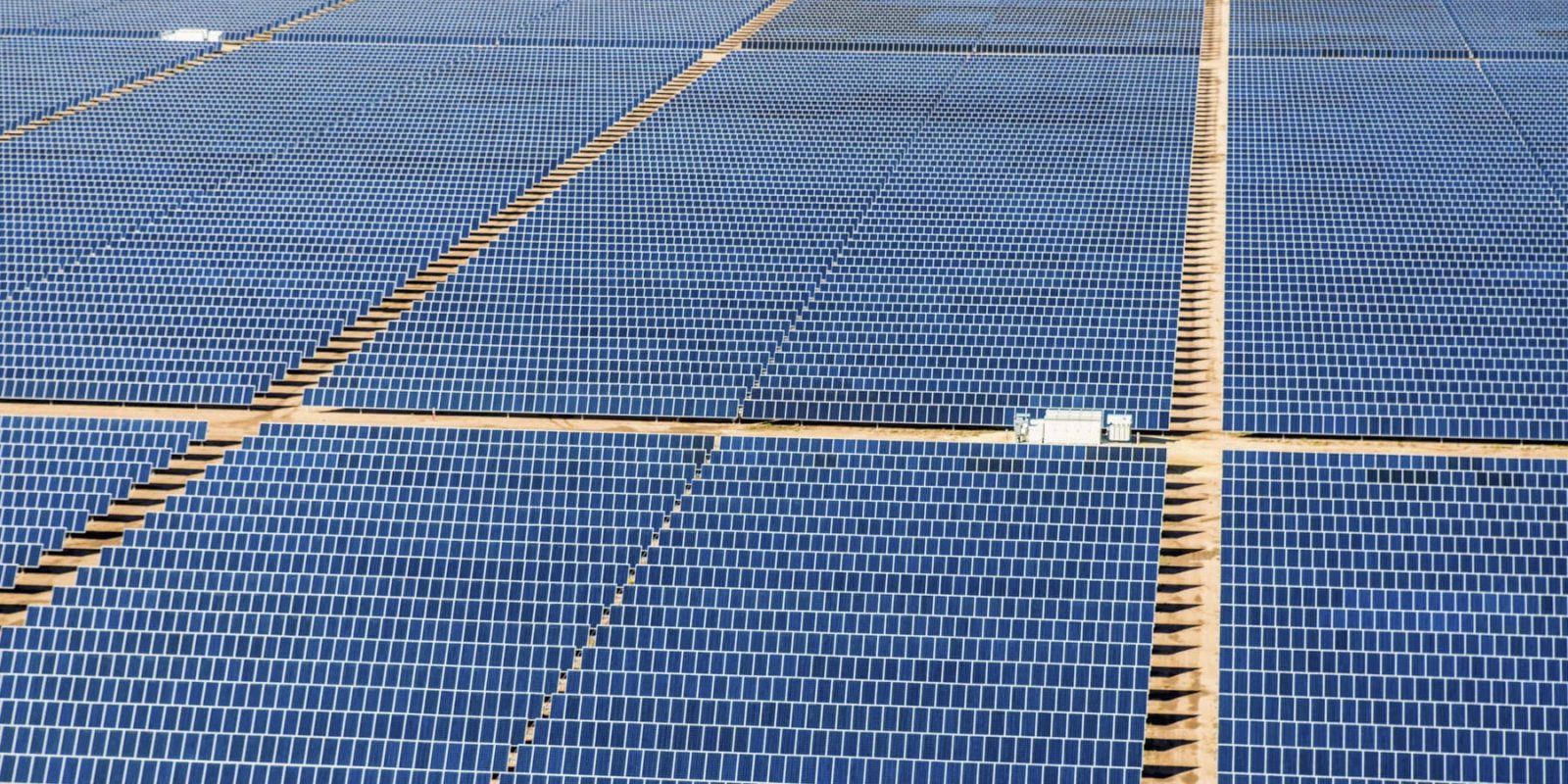
In today’s Electrek Green Energy Brief (EGEB):
- Clean energy made up nearly 100% of all new Q1 electric capacity, but problems are looming.
- The largest utility in Kansas will make its first solar investments and says it will reach net zero by 2045.
- UnderstandSolar is a free service that links you to top-rated solar installers in your region for personalized solar estimates. Tesla now offers price matching, so it’s important to shop for the best quotes. Click here to learn more and get your quotes. — *ad.
US solar sets Q1 record
The US solar industry installed 5 GW of new capacity in the first quarter (Q1) of 2021. It’s a new Q1 record, and a 46% increase over Q1 2020, according to the “US Solar Market Insight Q2 2021″ report, released today by the Solar Energy Industries Association (SEIA) and Wood Mackenzie.
That 5 GW made up 58% of all new Q1 electric capacity additions in the US. In fact, clean energy accounted for nearly 100% of all new electric capacity in Q1.
The utility-scale sector accounts for a majority of these installations, with a Q1 record of 3.6 GW. Residential solar sales added 905 megawatts in Q1 2021, an 11% increase over the same period last year.
Texas (pictured above) led all states with 1.52 GW of new solar capacity in Q1, more than it added in all of 2019 and three times more than any other state. It was followed by California (563 MW) and Florida (525 MW).
The US solar market surpassed 100 gigawatts of installed electric generating capacity overall, doubling the size of the industry over the last 3.5 years.
But there’s a wrench in the works – rising costs in the solar industry. Key inputs for solar modules and installations, including polysilicon, steel, aluminum, semiconductor chips, copper, and other metals, are facing supply constraints. Compounding cost increases across all materials started at the end of Q1 and are beginning to affect installers now.
Michelle Davis, principal analyst and lead author of the report, said:
Demand for solar power continues to grow, but attention is now turning to supply chain constraints, which have heightened since the latter half of 2020.
There is a lag between commodity prices and subsequent solar system prices. But there’s no doubt this is impacting the solar industry. Installers are managing current equipment shortages and having to decide whether to renegotiate contracts.
Kansas utility adopts clean energy
Evergy, Kansas’s largest electric utility, will invest in 700 megawatts of solar energy over the next three years and says it will reduce carbon emissions 70% by 2030 relative to 2005 levels, and reach net zero by 2045.
Evergy has almost no solar power at present, but solar farms would provide 13% of its power within 10 years, with the first solar farm going online in 2023.
The company has 1 million customers in Kansas (total population 2.9 million) and 600,000 in Missouri (total population 6.1 million). On May 28, the company announced the following:
Evergy filed its first Integrated Resource Plan with the Kansas Corporation Commission. The plan prioritizes sustainability, reliability, and cost competitiveness with retirement of 1,200 megawatts of coal-based fossil generation and the addition of 3,200 MW of renewable generation in the next 10 years.
The Associated Press writes:
Evergy would shut down nearly three-quarters of its coal-fired generating capacity by 2039, starting with a plant in Lawrence by 2023. Its capacity to generate power from wind farms would increase by 23% by 2026.
However, the company is taking a phased approach. Only 20% of its coal would go offline by 2030, because it wants to back up solar and wind with coal. It also plans to increase natural gas–fired plants after 2030 to back up solar and wind farms. Adding more fossil fuel energy into the mix is counterproductive.
So there’s a push and pull between green energy advocates and fossil-fuel supporters. Kansas Republicans worry about cost and blackouts without fossil-fuel backups, and green energy supporters say switching to clean energy without coal and gas backup is not only good for the environment, but also more cost effective.
Texas legislators blamed clean energy during its winter blackouts, but the biggest failure was confirmed to be natural gas, not wind turbines.
Lisa Frantzis, senior managing director for Advanced Energy Economy, said:
Most utilities see the handwriting on the wall. The customers — their ratepayers — are requiring it and we’re even seeing even more and more pressure from financial institutions.
Sarah Akers, a utility analyst in St. Louis for Wells Fargo Securities, confirmed:
What’s changed in the last five years is that the economics actually make sense.
Read more:
- Kansas wind farm sold, Facebook will buy all the energy
- Wind is now the largest source of electricity in Iowa and Kansas
- Kansas utilities overcharging green energy users is ruled illegal
FTC: We use income earning auto affiliate links. More.





Comments